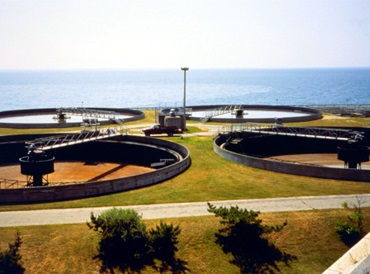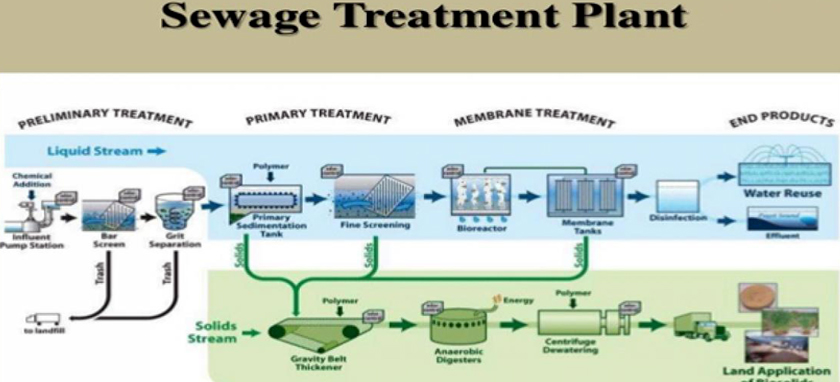biological and sometimes chemical processes to remove pollutants. Its aim is to produce an environmentally safe sewage water, called effluent, and a solid waste, called sludge or biosolids, suitable for disposal or reuse. Reuse is often for agricultural purposes, but more recently, sludge is being used as a fuel source. Water from the mains, used by manufacturing, farming, houses (toilets, baths, showers, kitchens, sinks), hospitals, commercial and industrial sites, is reduced in quality as a result of the introduction of contaminating constituents.
Sewage can be treated close to where it is created (in septic tanks and their associated drainfields or sewage treatment plants), or collected and transported via a network of pipes and pump stations to a municipal treatment plant. The former system is gaining popularity for many new ECO towns, as 60% of the cost of mains sewerage is in the pipework to transport it to a central location and it is not sustainable. It is called 'Decentralisation' of sewage treatment systems.
Benefit of Service
Wastewater treatment systems eliminate disease-causing bacteria and kills harmful organisms.
This filtering process prevents diseases from entering water sources or reaching plants and farm animals.
It filters out such contaminants before the wastewater leaves the tank and enters the ground.




